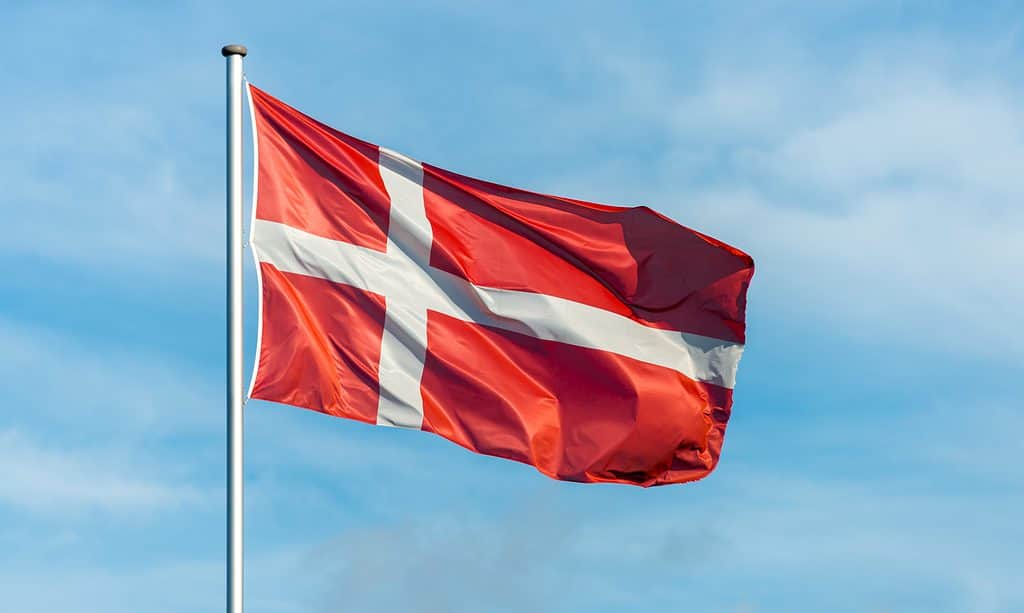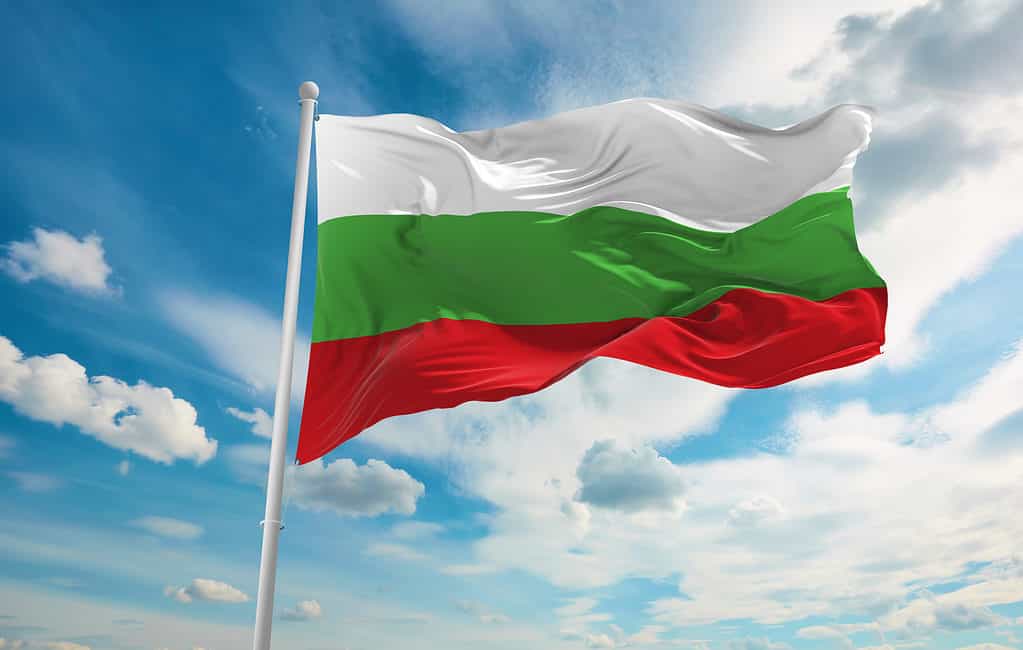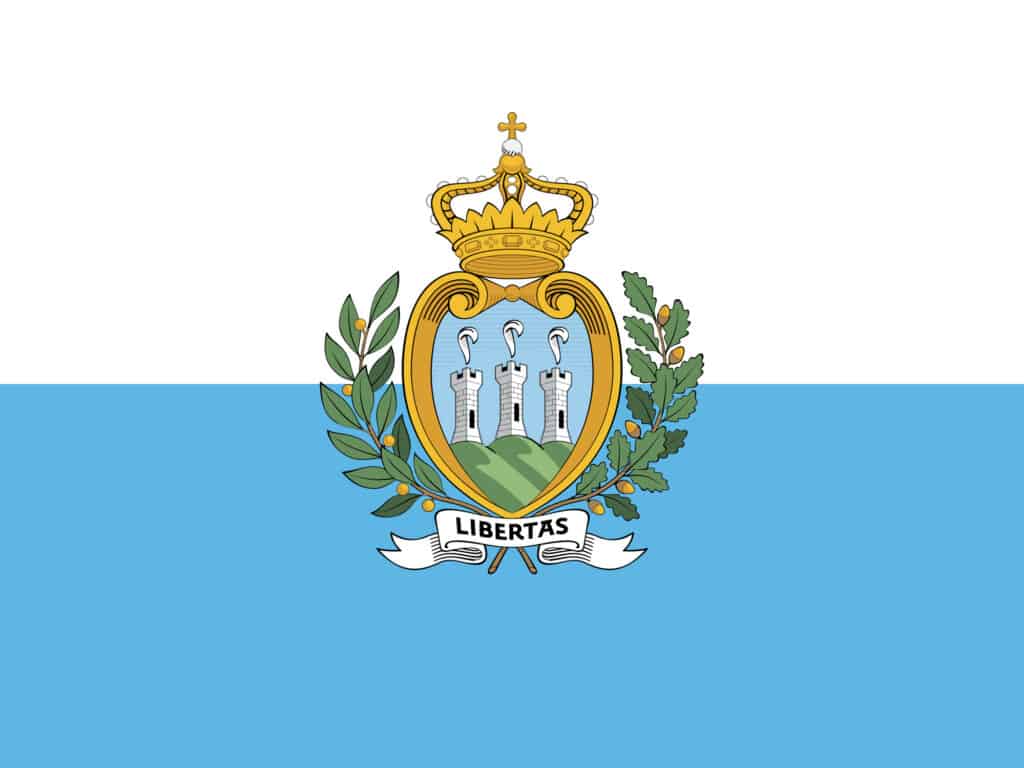
The word “Europe” was originally used by the ancient Thracian people thousands of years ago to refer to their lands in the southeast of the continent. Europe is the second-smallest continent on Earth, and it contains approximately 50 countries. What are the oldest countries in all of Europe?
6. Portugal: 1143 CE

Portugal was
founded in 1143.
©iStock.com/dennisvdw
Portugal’s borders have remained almost unchanged since the establishment of the country. It is also the oldest country on the Iberian Peninsula. A little over 10 million people call Portugal home, and the average human life expectancy is high at 82 years.
On July 25, 1139, Afonso Henriques became the first King of Portugal. At this time, the country became an entity separate from the Kingdom of Leon.
At one point during the Napoleonic Era, Portugal moved its royalty and other important figures to Rio de Janeiro in Brazil. Some royalty returned to Portugal after the wars simmered down, while some remained in Brazil and declared independence.
Because it is affected by both Atlantic and Mediterranean weather, there is a high level of biodiversity in the country. Some of the animals that appear in Portugal include the Bonelli’s eagle, trocar pigeon, Iberian ibex, Egyptian mongoose, European wildcat, and the Eurasian otter.
5. Hungary: 1000 CE

Hungary is located in Central Europe, and it’s landlocked.
©Savvapanf Photo/Shutterstock.com
Hungary has a population of around 10 million people. It’s located in Central Europe, and it’s landlocked, though historically it’s relied on the Tisza and Danube Rivers. It’s been a member of the European Union since 2004.
Furthermore, it was part of the Celtic and Ancient Roman cultural spheres. It was part of the Soviet Union and was occupied by the Huns. Despite all of this, Hungary has maintained its own distinct culture for a thousand years.
There isn’t much ethnic diversity in Hungary, with 93 percent of the population identifying as Hungarian. Almost all the population speaks Hungarian. Universal healthcare and secondary education are free to citizens.
A set of runes, known as Old Hungarian Script, was used before the introduction of the Latin alphabet by Steven I in the eleventh century. Despite this, the Hungarian language does not belong to the Indo-European family of languages. It’s closely related to Estonian and Finnish.
4. Denmark: 965 CE

Denmark was founded in 965.
©iStock.com/A-Basler
Denmark has been much bigger than it is now in the past, but it’s consistently existed in its current region since it was established in 965 CE. The Danish population and culture have been documented since around 500 CE.
The current Queen of Denmark has a documented lineage back to a Viking king that ruled about the time that Denmark was established. Her name is Queen Margrethe II, and her ancestor is named Gorm the Old. Denmark is a constitutional monarchy with a prime minister, so the queen is not a powerful sovereign.
There is proof of prehistoric cultures going back at least 10,000 years in the region. Prehistory, which means a time before recorded history, ended in Denmark with the arrival of the Vikings.
3. France: 843 CE

The territory of a French country was established in 843.
©iStock.com/Olivier DJIANN
In 843 CE, the territory of a French country was established. In 987 CE, it officially became the Kingdom of France. The borders of France have drastically changed over the years.
France heavily participated in imperialism and colonialism, which provided it with non-European territories. A few are still a part of France today. In the 1960s, many French territories were granted independence.
Today, France is the top tourist destination on the planet, with almost 90 million visitors per year. There are prehistoric caves with human art that date back tens of thousands of years. Famously, the Gauls that occupied what is now France were conquered by the Romans over 2,000 years ago.
2. Bulgaria: 681 CE

Bulgaria is the only country in Europe that hasn’t changed its name throughout its history.
©Maxim Studio/Shutterstock.com
The first Bulgarian Empire united Bulgar tribes that migrated to the Danube River region. Various struggles ensued, but by 681 CE, what roughly makes up Bulgaria today existed as an autonomous area. Its borders have changed a few times, but it’s consistently existed since it was established.
Bulgaria is the only country in Europe that hasn’t changed its name throughout its history. A little under 7 million people make up the current population. Technically, Bulgaria straddles the Asian and European continents, but it’s a member of the European Union.
It is also the home of the earliest Homo sapiens discovered in Europe. About 45,000 years ago, Homo sapiens and Neanderthals lived together in the region. There is proof that a sophisticated human culture existed in Bulgaria around 5,000 BCE.
1. San Marino: 301 CE

San Marino was established in 301 CE as a monastic destination.
©iStock.com/de-nue-pic
The Republic of San Marino is the oldest in Europe. It was established in 301 CE as a monastic destination.
Abraham Lincoln was made an honorary citizen of the country in 1861. He had expressed admiration for San Marino to its leader, which was received very well. It’s been politically neutral for centuries, though it was a haven for refugees in WWII.
It boasts a large tourist industry, and it uses the Euro even though it isn’t part of the European Union. Visitors to Italy will find cheaper products in San Marino since there is no sales tax. Over three million tourists visit the area annually, even though the permanent population is just under 34 thousand people.
Whether San Marino is truly the oldest country in Europe is debatable since it started as just a city. On top of that, it is not the oldest continually inhabited city in Europe. It is also not culturally separate from Italy, which throws doubt on whether it deserves recognition as the oldest nation.
San Marino became its own country when it gained its independence from the Roman Empire on September 3, 301 CE. It’s one of the smallest and oldest countries on earth. It experiences hot summers and cold winters with lots of snow.
Honorable Mention: The Kingdom of England

England became a sovereign kingdom in 927 CE when various Anglo-Saxon kingdoms united under Æthelstan, the king of the Anglo-Saxons.
© Parker Library at Corpus Christi College, Cambridge / Public Domain – License
What today is known as the “Kingdom of Great Britain” was established in 1707 when the Kingdom of England united with Scotland. However, before that time, England was a kingdom that endured as a sovereign state from 12 July 927 until 1707 after varied Anglo-Saxon kingdoms united under Æthelstan, the king of the Anglo-Saxons, who reigned from 927–939.
In 1016, England unified with Norway and Denmark to form the North Sea Empire, ruled by Cnut the Great. In 1066, the Norman Conquest of England occurred, wherein the capital of England was moved from Winchester to Westminster, and London began to emerge as its largest commercial city. From that point, England grew into a powerful nation in Europe, going through periods of ruling dynasties that included the Normans, Plantagenets, Tudors, and Stuarts.
Given this early history, England dates to 927 CE (if you consider a “sovereign state” a country), making it the 4th oldest country in Europe.
Summary Of The 6 Oldest Countries In Europe
| Rank | Country | Date Established |
|---|---|---|
| 6 | Portugal | 1143 CE |
| 5 | Hungary | 1000 CE |
| 4 | Denmark | 965 CE |
| 3 | France | 843 CE |
| 2 | Bulgaria | 681 CE |
| 1 | San Marino | 301 CE |
The photo featured at the top of this post is © Tatohra/Shutterstock.com
Thank you for reading! Have some feedback for us? Contact the AZ Animals editorial team.






